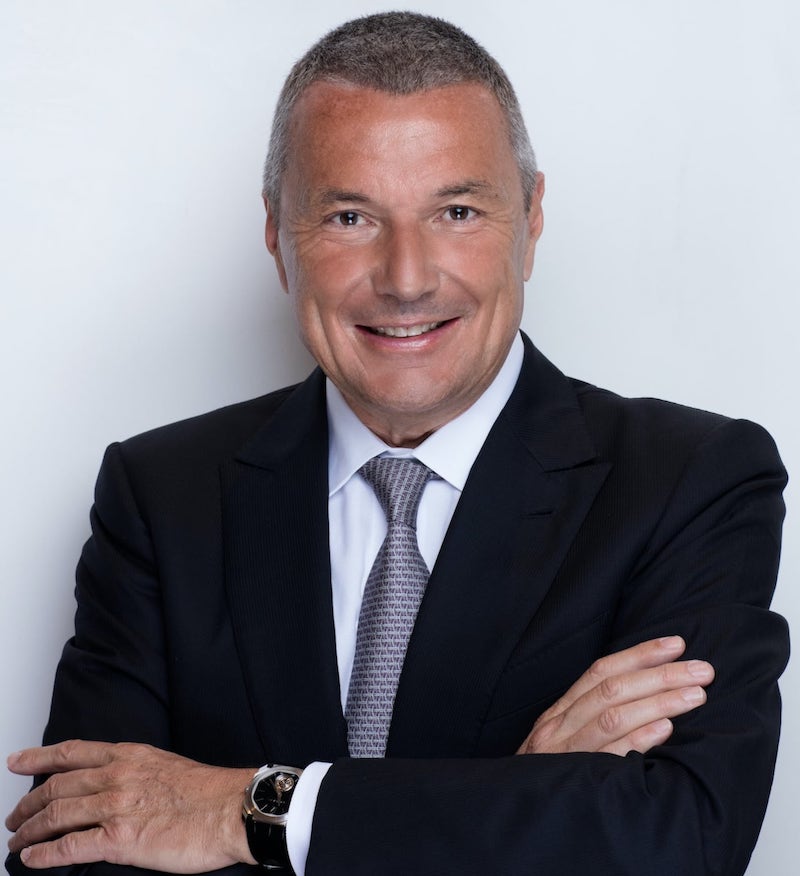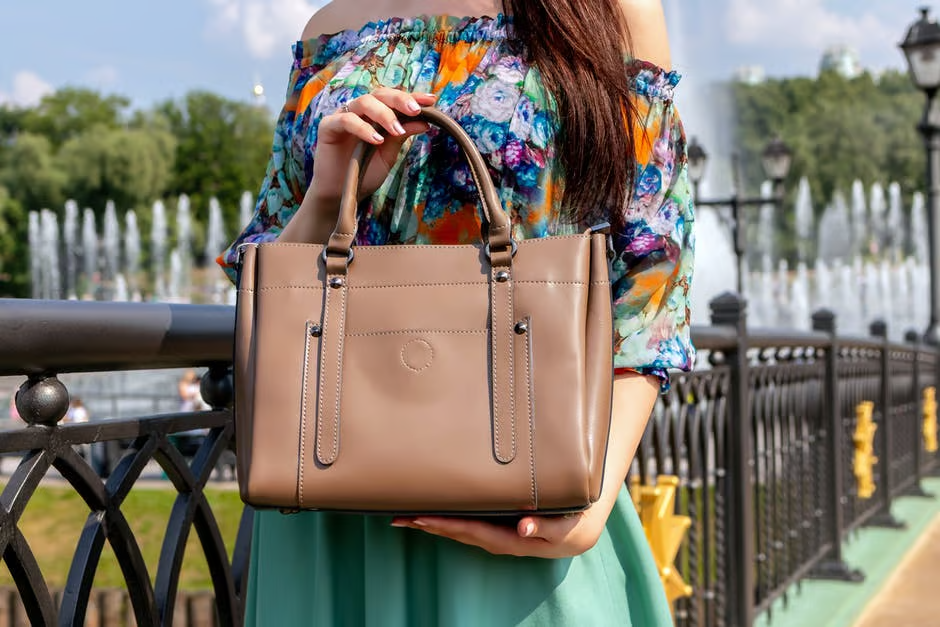The Institute of Positive Fashion (IPF), DHL, and Roland Berger have released a new report that focuses on the environmental consequences of product returns in the fashion industry. The report includes a proposed set of recommendations to address the issue. The release of this research is timely, given that the returns process in the UK alone led to the emission of 750,000 tonnes of CO₂ in 2022, and the disposal of approximately 23 million garments in landfills or through incineration, which represents 75% of the total amount of returns that cannot be resold.

New Report Shows Solutions To Address Fashion’s Product Returns
The Institute of Positive Fashion (IPF), launched by the British Fashion Council (BFC) in 2020, aims to set a new industry standard for accountability and drive change in the UK fashion industry. The IPF’s first project, the Circular Fashion Ecosystem Project (CFE), published the report ‘The Circular Fashion Ecosystem: A Blueprint for the Future’ in 2021, which made a strong case for industry stakeholders to collaborate and achieve greater circularity across various interconnected areas of the fashion ecosystem. Phase 2 of the CFE project focuses on creating a roadmap for change, starting with the critical issue of fashion returns, which poses a significant sustainability challenge for the industry.
Caroline Rush, BFC Chief Executive, said: “This project recognises the importance of investing in innovation to secure robust and profitable businesses, while safeguarding the planet and society. The responsibility now lies with retailers and fashion businesses to reach the target state by implementing the necessary change across their entire businesses from production to reverse logistics.”
Minimizing Fashion’s Product Returns
In their latest report, they present two target outcomes to reach the target state of minimised returns:
1. Product returns are mitigated at the point of sale:
Ultimately, the report found that the onus is on retailers to help consumers make the right choice, the first time, every time. Fashion businesses need to be more thoughtful about the products they are selling so that they are producing collections customers will want to keep. They should also be enabling shoppers to buy correctly by leveraging data and digital solutions. Investment in sizing calculators will become an industry norm and digital avatars an integral part of the future for fashion retailers. Roland Berger has calculated that large retailers with approximately 70% of sales coming from their website, could reduce cost of returns handling by 20-40% with the introduction of sizing calculators and avatars.
The report suggests that free returns will become a thing of the past. Using an environmental message to prevent consumers returning goods currently holds no sway; some 56% of online shoppers surveyed indicated a returns charge or levy as the measure most likely to prevent them returning goods. The trade-off could be losing customers – but as more companies adopt charges it will become an industry norm.
2. Product returns are handled more efficiently
Retailers need to look closely at reverse logistics to reduce costs and meet CO₂ emission targets. This involves investing into technologies and processes such as digital product passports and automated warehousing, so that businesses can make returns operations more efficient, cost-effective, and less carbon intensive.
The report presents findings from Phase 2 of the IPF’s inaugural Circular Fashion Ecosystem (CFE) Project, based on research conducted from April to November 2022. Explore Phase 1 of the research here. Purchase tickets to the IPF Forum, an annual, actions-based conference which brings together designers, brands, investors, innovators, academia, economists, consultants and disruptors, here.
Siobhan Gehin, Roland Berger Senior Partner, said: “Tackling the returns issue is being prompted by lower consumption, impending legislation and higher operating costs – the latter probably being the strongest motivator for companies to move from a linear to a circular business model. While the future for fashion is circular, achieving it is not an easy task. The prize, though, is that circular fashion businesses are estimated to grow 18% per annum from where they were at the beginning of this decade to 2030, whereas the rest of the market is looking at just 3% annual growth.”








